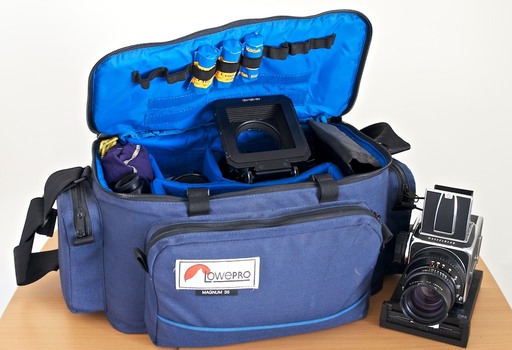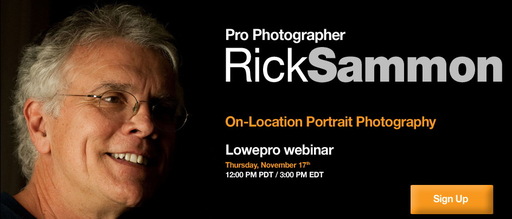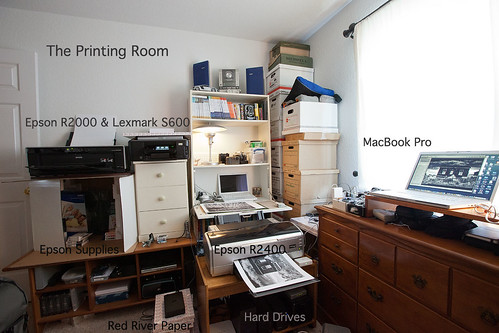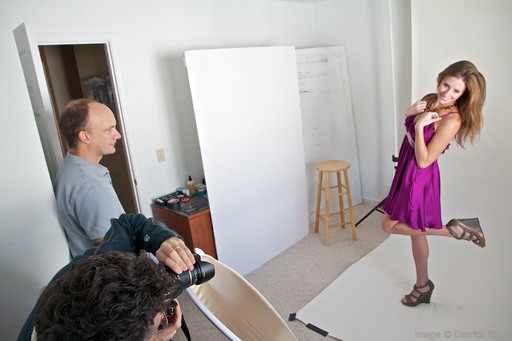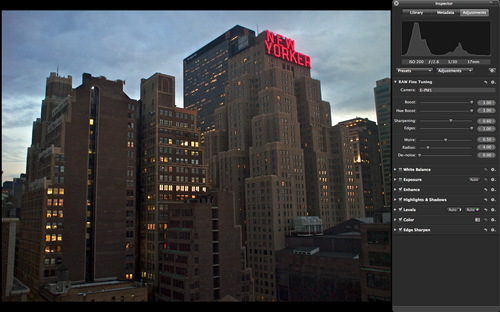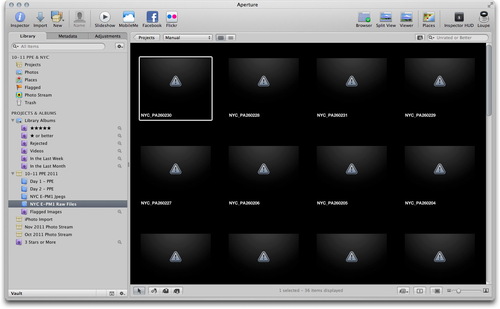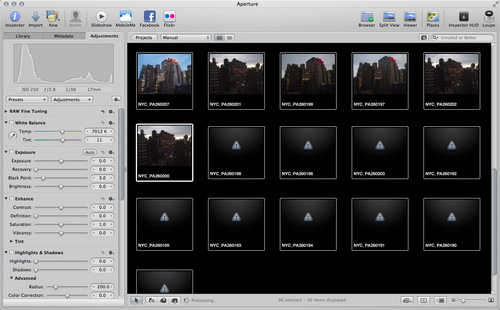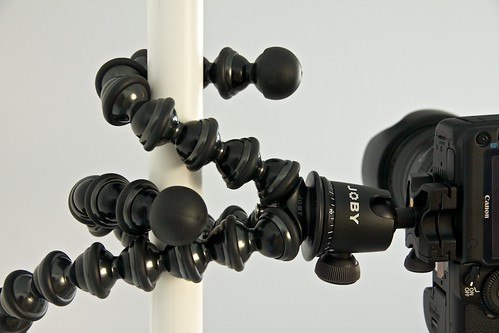
Canon USA published a press release discussing the availability of three professional lenses. One of those included, the Canon EF 200-400mm f/4L IS is the zoom I've wanted for years.
"The EF 200-400mm f/4L IS USM EXTENDER l.4x is being developed as an L-series super-telephoto lens with an integrated 1.4x extender and high-performance Image Stabilizer technology. The new lens will offer exceptional flexibility by incorporating a built-in 1.4x extender that increases the maximum focal length to 560mm for sports and wildlife photography. High-quality images with high levels of resolution and contrast will be possible through the use of advanced optical materials such as fluorite crystal. The new lens will also include dust- and water-resistant construction designed for extended usage under harsh conditions."
What a wonderful complement to my 70-200mm f/2.8 IS. Of course this beast will be pricy. And there still isn't a release date for it. But I'm happy to get confirmation that my dream lens will someday be a reality.
The Digital Story on Facebook -- discussion, outstanding images from the TDS community, and inside information. Join our celebration of great photography!
